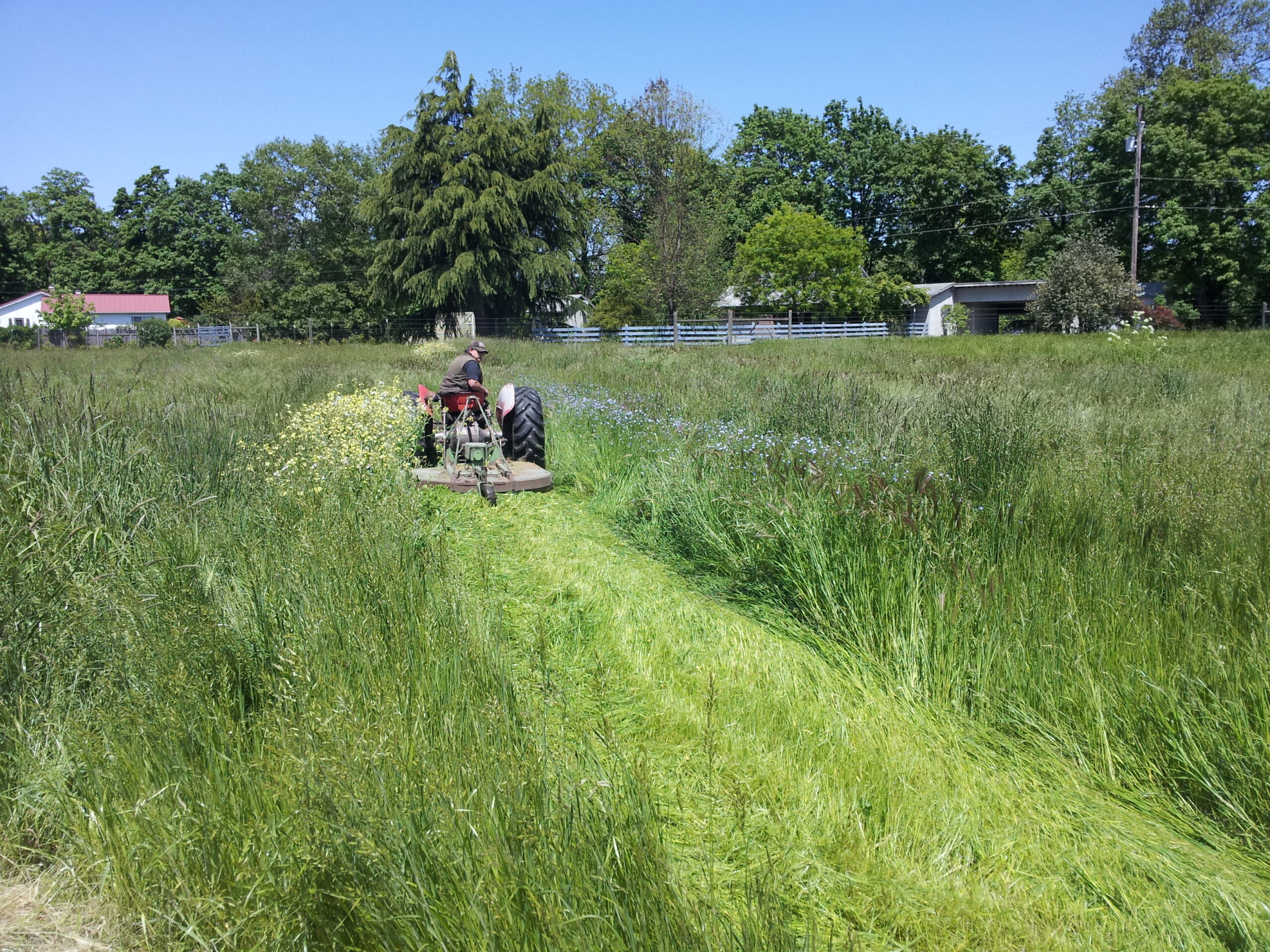Micro Hume
Micro Hume will help to regulate rapidly changing hormone levels of plants going through stress. Humic/Fulvic acids combined with micro-elements are allowing for the complete absorption with additional growth and cell stimulation.
About Micro Hume
Micro-Hume helps activate enzymes and intensify the metabolism of proteins having a positive growth regulating effect on plants. This will also help to regulate rapidly changing hormone levels of plants going through stress levels.
Common Mineral Deficiencies in Plants PDF
Common Mineral Deficiencies in Plants
NITROGEN: Slow growth of tops and roots; leaves turn yellow-green when young, or to orange, red, or purple when mature (veins may turn purple), beginning from bottom leaves to top; reduction in number of flowers and yield or slow growth and delayed opening of buds.
PHOSPHOROUS: Similar to Nitrogen except leaf color either dull bluish green with tints of purple instead of yellow or red -OR -leaves dull bronze with purple or brown spots; leaf edges often brown, especially in potatoes.
POTASSIUM: If deficiency is mild, stems are thin, if severe, stems stunt or die and leaves usually dull bluish green, often with yellow streaks between veins, followed by browning of tips and edges, with brown spots developing at edges; leaves rolled starting at bottom leaves; poor root growth, and poor development of fruit, flowers, or grain.
CALCIUM: Begins at the upper leaves; with very distorted and curled edges; leaf edges appear ragged and leaves may have thin yellow bands or be brown and die; roots develop poorly.
MAGNESIUM: Leaves turn yellow, sometimes between veins, sometimes in spots or streaks; then turn brown and die, beginning at bottom of plant.
MANGANESE: Similar to magnesium but symptoms starts at top of plant.
SULFUR: Reduced growth; curling down of leaves at tips. Similar to Nitrogen deficiency except lower leaves are not lost
BORON: Begins at upper leaves; leaves become light green (lighter at base) veins turn purple, leaves may have faint streaks and yellowing, then turn orange. Plant stops growing; roots down at tips with tissue breakdown at base; poor growth of tops and roots; flowers drop off; no grain or fruit.
IRON: Severe yellowing of newer leaves (either spotted or total); more often visible in trees than in yearly crops.
ZINC: Molted spots on leaves, first yellowish then yellow or purple-red. Appears late in summer, then leaves drop early. Leaves become crinkled and small.
MOLYBDENUM: Similar to N deficiency since molybdenum is required for nitrogen fixing bacteria; leaves become yellow between veins, first on mature leaves. Young leaves may become severely twisted and eventually die.

PACKAGING
30 gallon drum, 55 gallon drum
275 gallon totes

